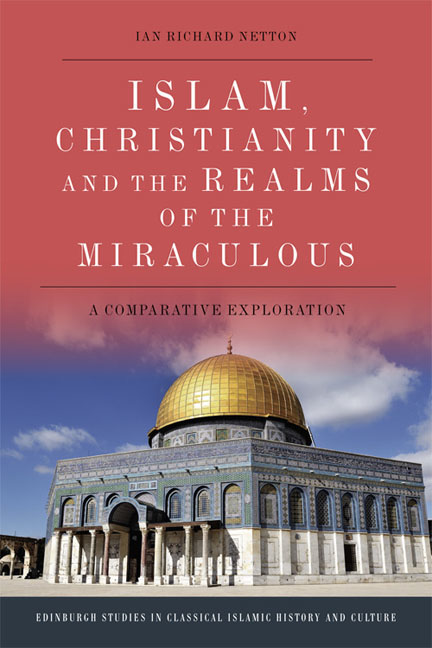5 - Wood and Stone
Published online by Cambridge University Press: 18 December 2019
Summary
A Proto-miracle: the Ark of Gilgamesh and Noah
In 1850 Sir Austen Henry Layard (1817–94), famed as the scholar who discovered Nineveh and lauded as one of the founders of the study of the archaeology of the Near East, discovered a pile of cuneiform tablets in the palace of the Assyrian King Sennacherib (r. 705–681 bc) at Kouyunjik near Mosul in modern-day northern Iraq. Layard was unable to read cuneiform and also slightly unaware of the true nature of the extraordinary treasure trove which he had discovered, although he did regard them as ‘precious’, and he sent them off to the British Museum.
What he had in fact discovered in the tablets were survivors from the Royal Archival Library of Assyria, characterised as history's first proper library, which had been organised by King Ashurbanipal of Assyria (r. 668–627 bc). It was left to a scholar named George Smith to translate and bring to light from the trove of the tablets some of the great Babylonian epic which we know today as The Epic of Gilgamesh.
Professor Andrew George quotes E. A. Wallis Budge's description of Smith's palpable excitement as he began to read the Gilgamesh Deluge tablets:
He said: ‘I am the first man to read that after two thousand years of oblivion.’ Setting the tablet on the table, he jumped up and rushed about the room in a great state of excitement and, to the astonishment of those present, began to undress himself!
The reaction might have been excessive, but it was certainly forgivable since it is clear that George Smith had uncovered a work which can be ranked as one of the greatest in world literature: it is one which, with its twin themes of ‘fear of death’ and the search for immortality, couched within an archetypical narrative of a huge primordial flood, has enchanted and resonated with scholars, great poets and ordinary people alike since the first ancient record of those themes on those cuneiform tablets.
Before we proceed further, it is worth stresing here that, in this section, ‘miracle’ will be precisely defined as a direct intervention by a deity or angel in the affairs of humanity.
- Type
- Chapter
- Information
- Islam, Christianity and the Realms of the MiraculousA Comparative Exploration, pp. 120 - 157Publisher: Edinburgh University PressPrint publication year: 2017



